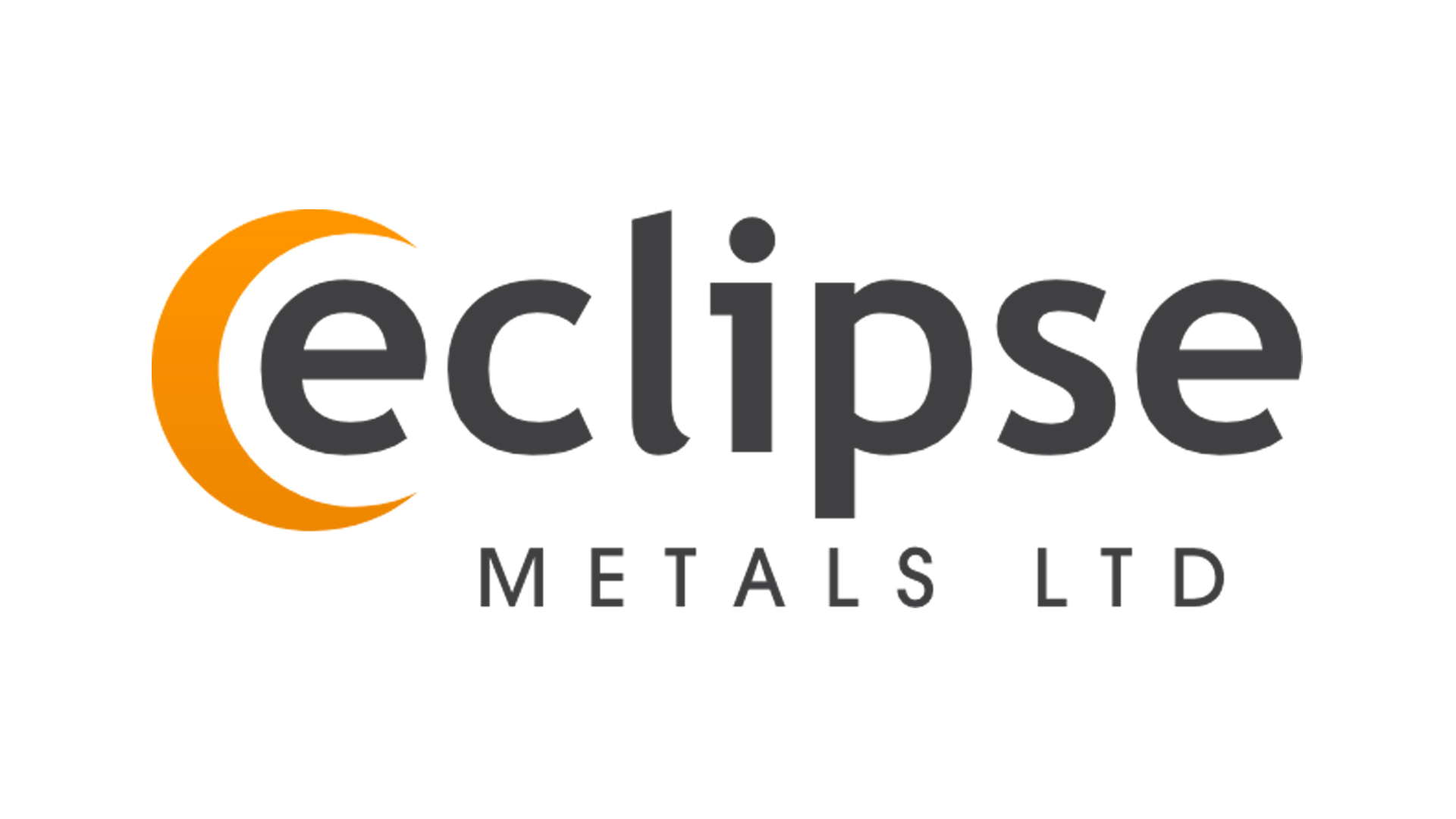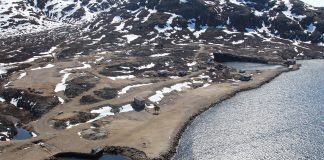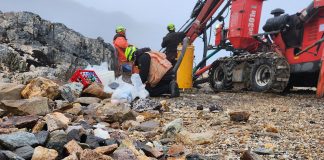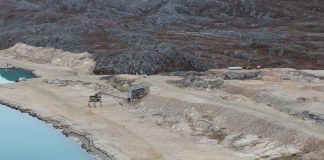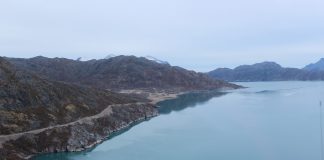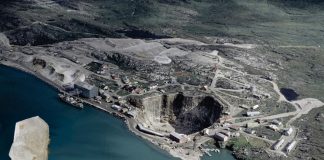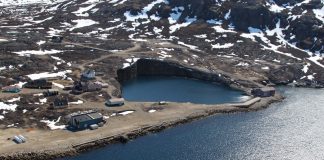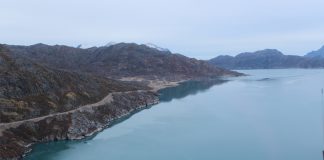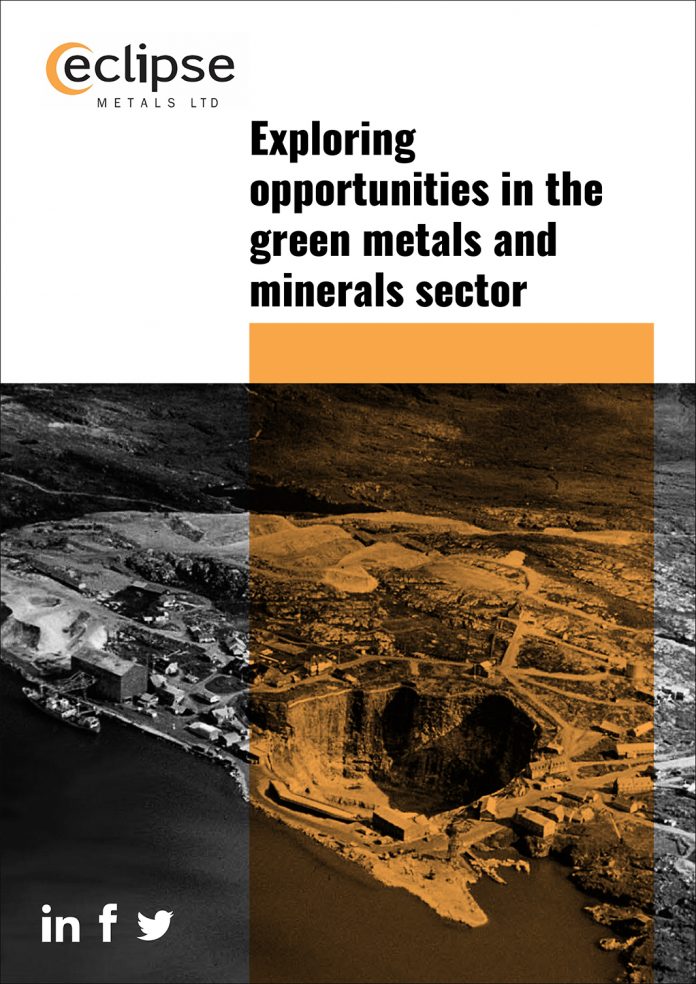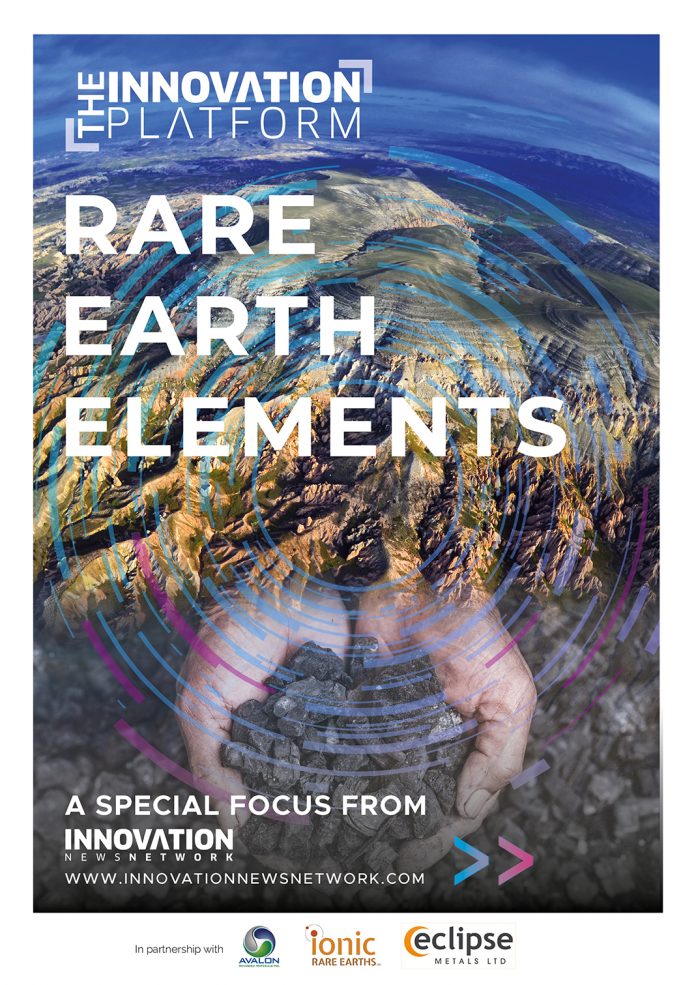Eclipse Metals is a leading exploration and mining development company working on multi-commodity mineralisation projects, such as untapping the rare earth potential at the Ivigtût cryolite mine.
Eclipse Metals Limited (ASX: EPM | FSE: 9EU) is a publicly listed Australian company with a large portfolio of prospective mineral projects. Its focus is the Ivigtût project in Greenland, which Eclipse acquired in January 2021. Ivigtût hosts the world’s largest historical cryolite mine, and the existing mine has vast potential to produce rare earth metals, high purity quartz (HPQ) and fluorite.
The Ivigtût project
Ivigtût produced 3.8 million tons of high-grade cryolite for use in the aluminium industry over its 120-year mine life before operations ceased in 1987. The nearby Gronnedal-lka carbonatite complex also has potential to host REE. The Company has identified the potential for untapped rare earth, high-grade quartz, cryolite, siderite, sphalerite, and carbonate material at the Company’s Ivittuut project. This area has not been systematically explored for other commodities, including REE mineralisation of the carbonatite complex, which has been well noted.
The Ivigtût project has unveiled insights into polymetallic mineralisation. The deep diamond drill hole ‘Hole A’ has revealed a 12.7-metre upper zone of iron-zinc mineralisation, followed by a 3.7-metre lower iron-zinc-copper zone, both accessible from the historic Ivigtût mine’s existing pit.
These zones have returned assay values, including 1.7% copper, 18.2% zinc, and 7.7% lead. In addition, pXRF analysis of historic drill core has detected the presence of gold, silver, bismuth, tin, and tungsten within these zones, prompting further exploration.
Moreover, the analysis has unveiled elevated niobium levels in the underlying greisen body, known for its enrichment in rare earth elements (REE), niobium, tin, tantalum, and tungsten. Eclipse is keen to investigate these findings further.
The company has also completed the scoping phase of Environmental and Social Impact Assessments for the Ivigtût project and submitted reports to Greenland’s Mineral Licence and Safety Authority (MLSA), a vital step towards applying for a Mining License.
Eclipse’s other projects
In the neighbouring Grønnedal, Eclipse’s mineralogical determinations have yielded results, particularly in a composite ferrocarbonate mineral enriched with medium to heavy rare earth elements (REE). The presence of praseodymium and neodymium (Pr+Nd) in significant proportions underscores the economic potential of the region. This discovery underscores Eclipse’s commitment to unlocking the valuable rare earth resources in Greenland, positioning the company as a key player in this critical sector.
While Ivigtût remains its focus, Eclipse is also exploring and development base metal projects in Queensland and the Northern Territory in Australia. The Mary Valley Manganese Project in south-eastern Queensland comprises 31km2 of manganese exploration terrain, lying partly within the Amamoor State Forest, where a mine operated between 1920 and 1961. A total of 31,477 tonnes of manganese ore was mined from within the Mary Valley tenements, with manganese grades ranging from 42% to 51% Mn.
Limits of the deposit have not been defined along strike or at depth and historical assays have indicated that the Mn, Fe, Si, and P levels are all within direct shipping ore parameters which further confirm the economic potential for stand-alone mining operations within the Mary Valley manganese area.
Early in 2018, Eclipse drilled eight reconnaissance diamond holes in the Amamoor prospect to test areas of historical mining and to evaluate anomalous areas defined by a detailed gravity survey. Interpretation of these results and gravity survey data highlighted the open nature of the high-grade mineralisation, and that multiple lodes exist in close proximity in at least one area at Amamoor, where the mineralisation presents as steeply-dipping, lenticular-shaped fault-controlled zones.
Historical exploration of Eclipse’s Yuendi Copper project, on the northern fringe of the Ngalia Basin, Northern Territory has yielded anomalous base metals values in the Rock Hill Copper Field. As well as this, there are an additional 10 copper prospects that remain relatively unexplored. Copper deposits within the nearby Mt Hardy Mineral Field were discovered in 1935, with mineralisation reported within quartz reefs and pegmatite-aplite veins within the Lower Proterozoic schist.
AREAS OF EXPERTISE
- Multi-commodity mineralisation
- Mineral exploration and development
- Precious metals
- Drill planning
- Geology
- Data review
RESEARCH INTERESTS
- Cryolite
- High Purity Quartz
- Rare Earth Exploration
- Manganese (Amamoorite)
- Mineral exploration

